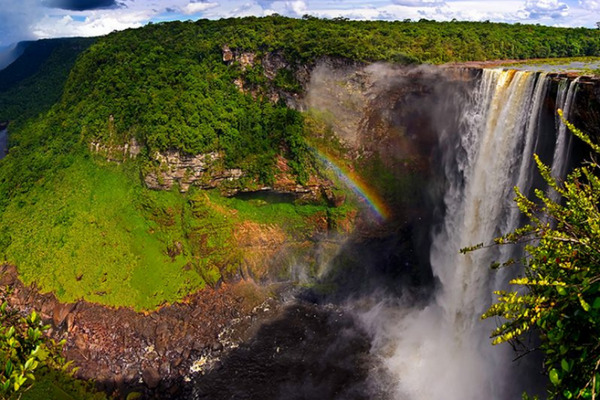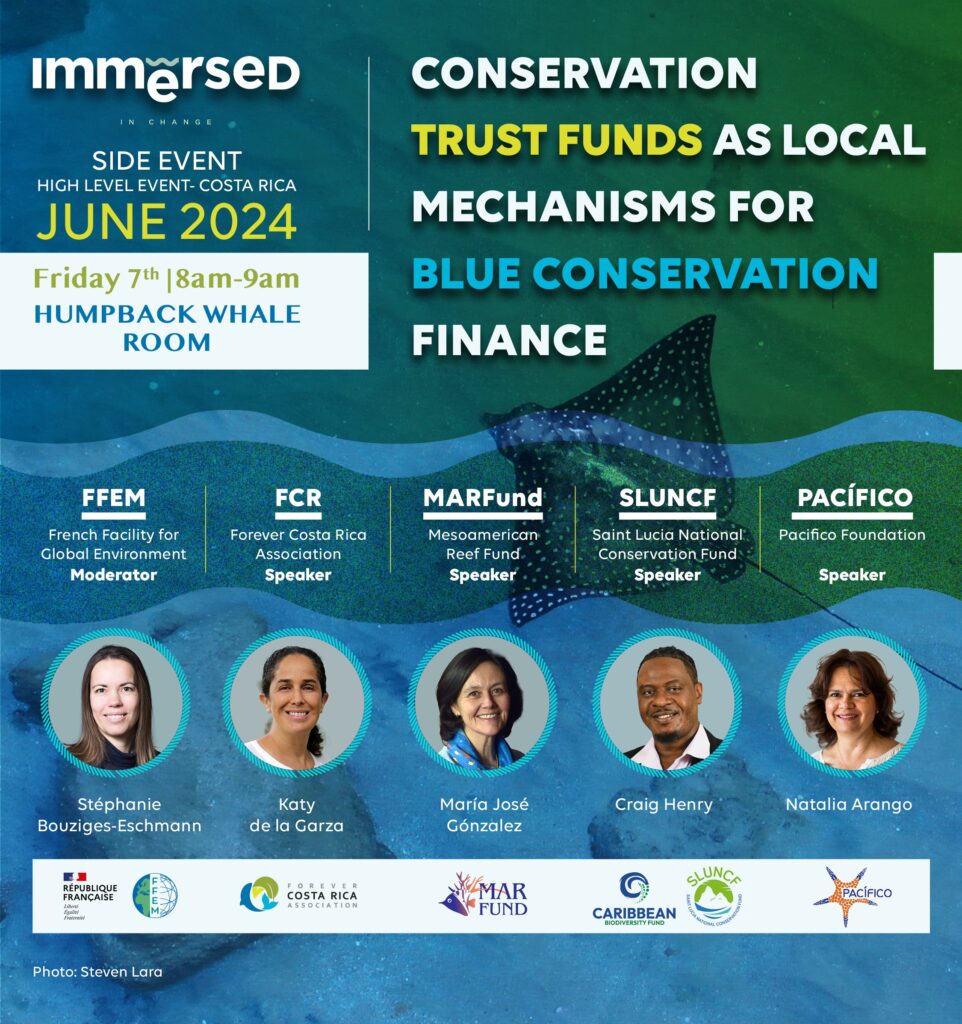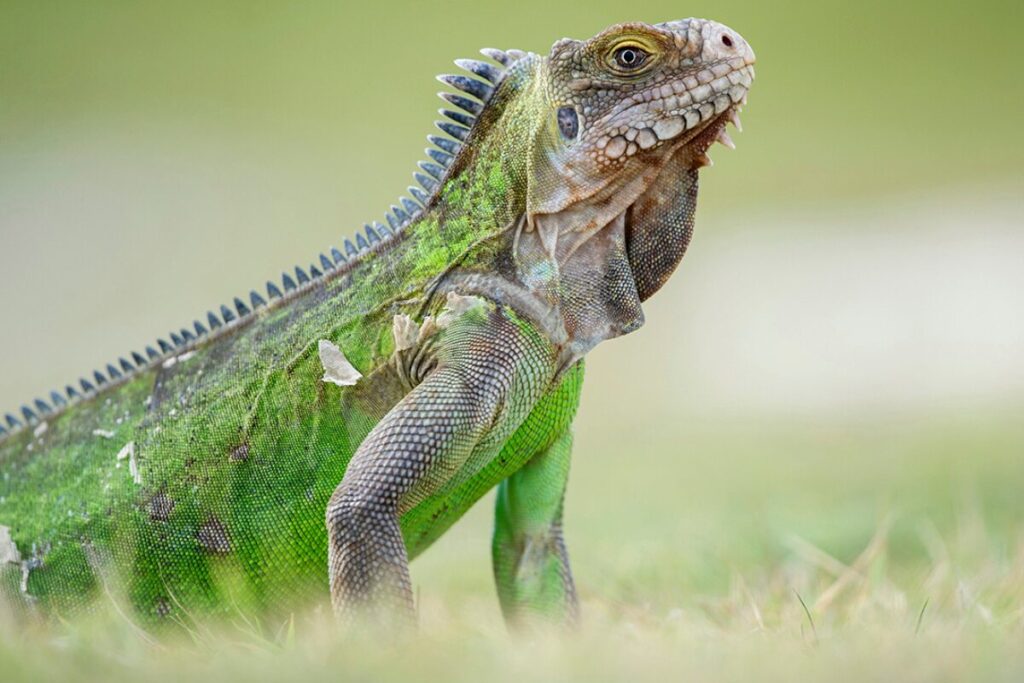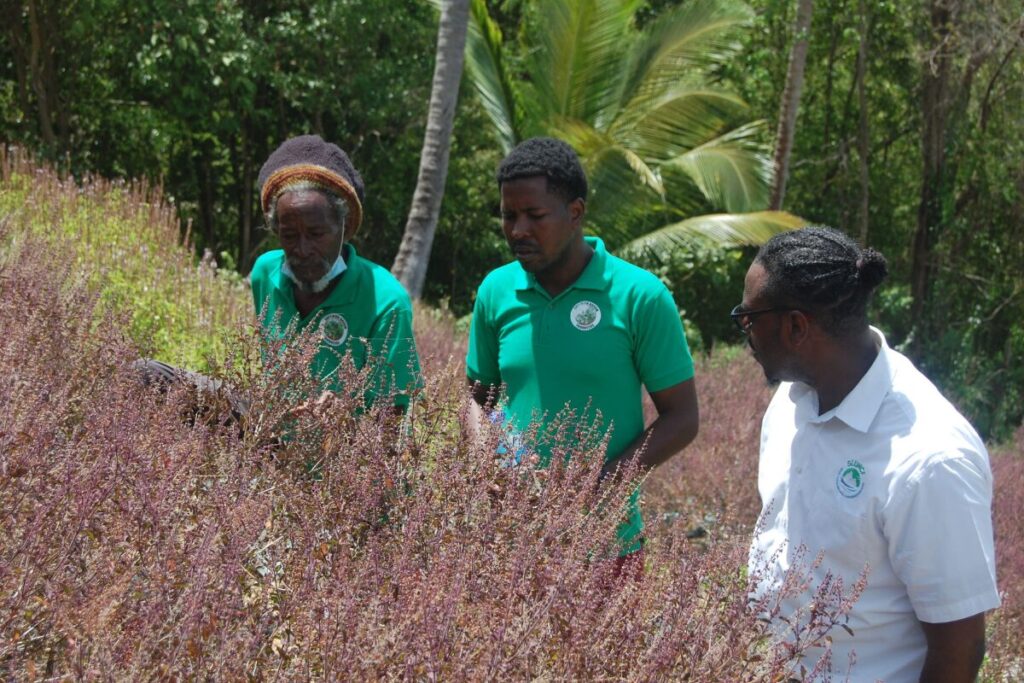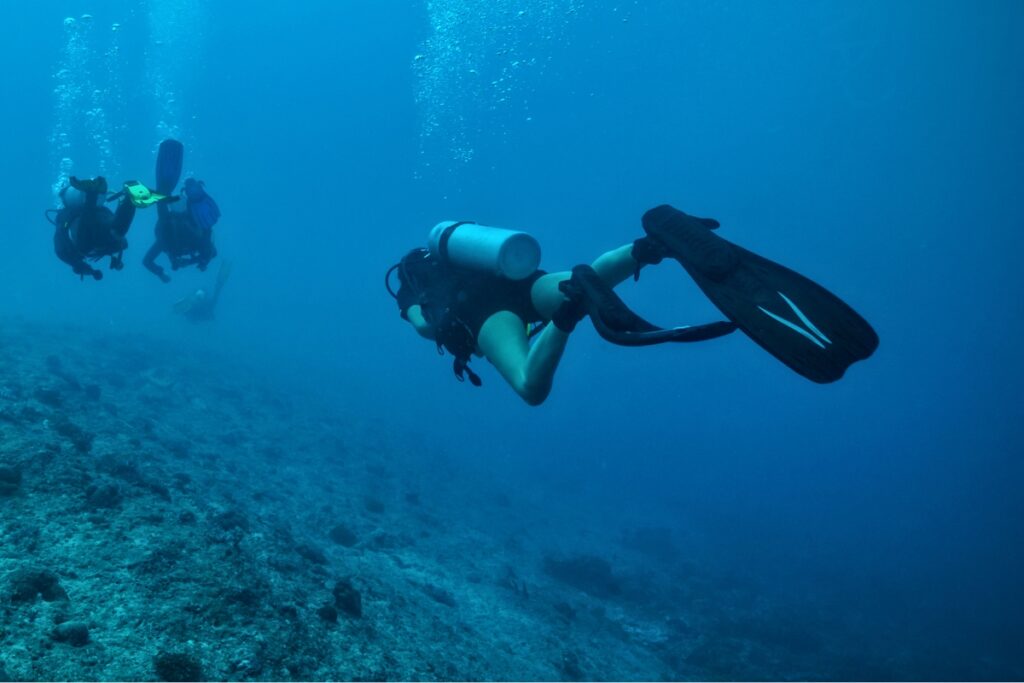Guyana has taken significant steps toward meeting its obligations to international agreements for conservation and protection of its natural resources. The establishment of a National Protected Areas System, enshrined in legislation, provides for the protection and conservation of Guyana’s natural heritage and natural capital, the maintenance of ecosystems services of national and global importance, the fulfillment of Guyana’s international environmental responsibilities and the participation of the public in biodiversity conservation.
Approximately 8.4% of the country’s land area is currently legally protected in the NPAS, including:
- Iwokrama Forest;(established by separate legislation, the Iwokrama Act 1996, and a joint mandate from the Government of Guyana and the Commonwealth Secretariat)
- Kaieteur National Park
- Kanashen Amerindian Protected Area (a community owned protected area)
- Kanuku Mountains Protected Area
- Shell Beach Protected Area
- Urban Parks: National Park, Botanical Gardens, Zoological Park, and Joe Vieira Park
The Protected Areas Trust (Guyana) (GPAT) works to mobilize and allocate finances for the management of Guyana’s National Protected Areas System (NPAS). It was originally endowed with a total of US$8.5M (US$5M from KfW and US$3.5M from Conservation International through the Global Conservation Fund) and functions primarily as an endowment fund to preserve and grow the capital, with a goal of generating at least 5% per annum.
GPAT is independently governed and administered by a Board of Trustees, whose principal responsibilities are to manage the Trust, to oversee the management and investment of the Trust Fund and review and approve requests for funding for the national protected areas system. GPAT currently supports projects through the ;Protected Areas Commission to contribute to the conservation and preservation of biological diversity and maintenance of the ecosystem services of the protected areas using revenues generated from investment of its endowment.
GPAT has been a member of the Latin American and Caribbean Network of Environmental Funds (RedLAC) since 2016 and attended the CCI-CBF Week in Antigua in 2019 and we look forward to their CBF Eligibility Request in 2020.

